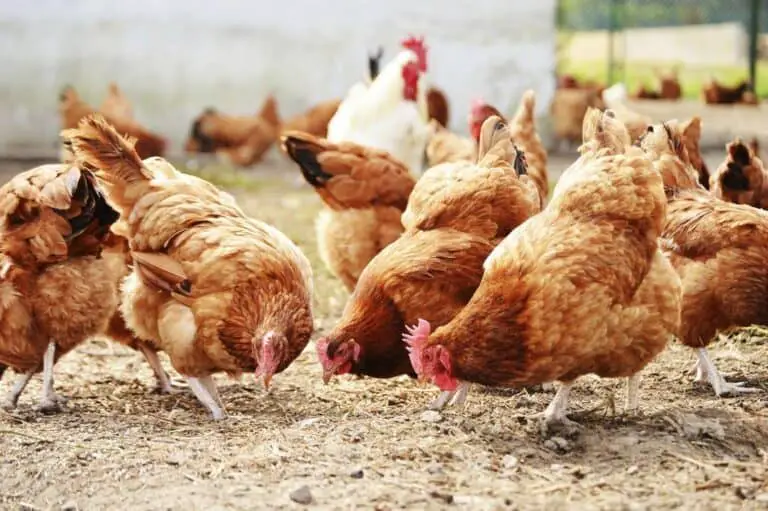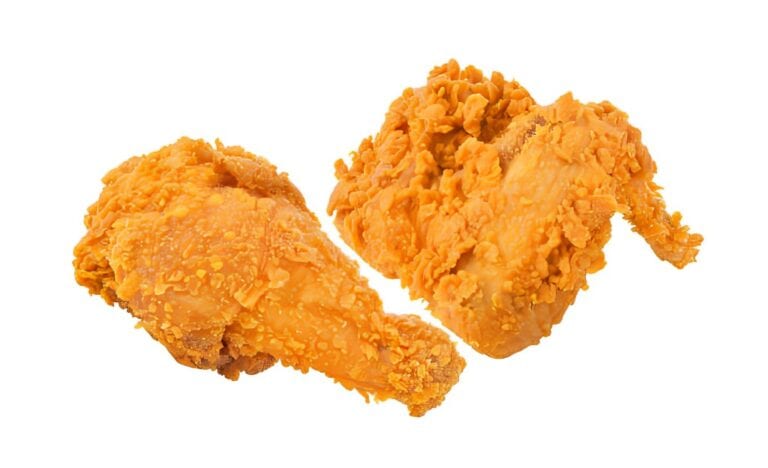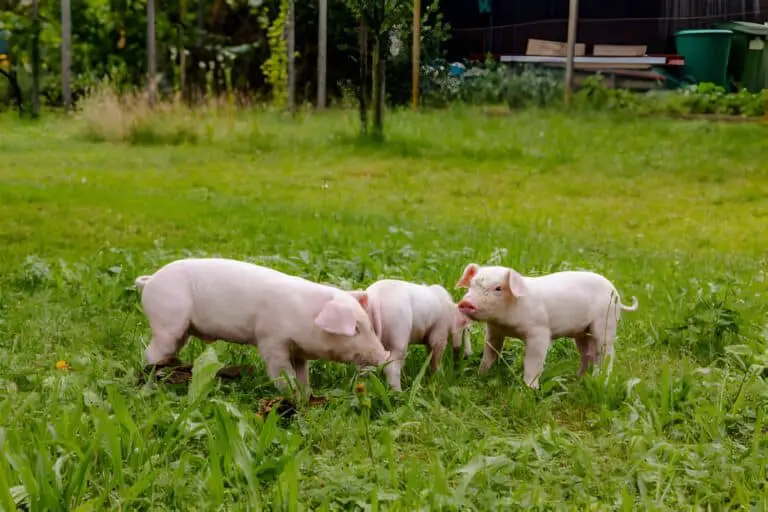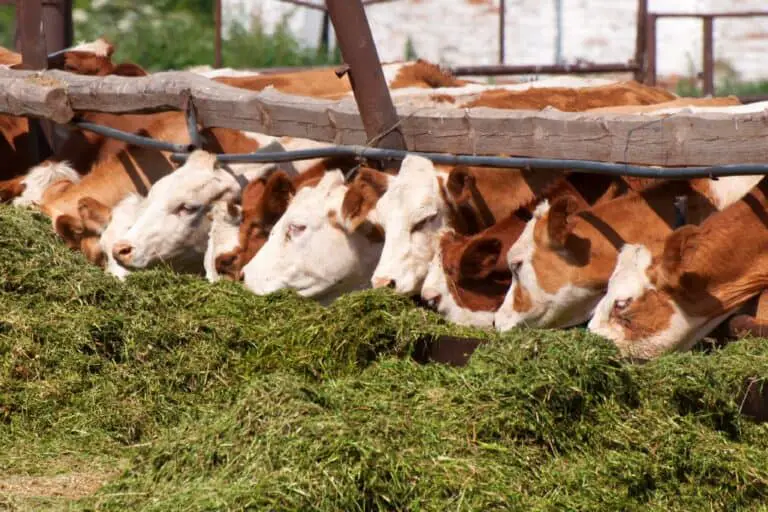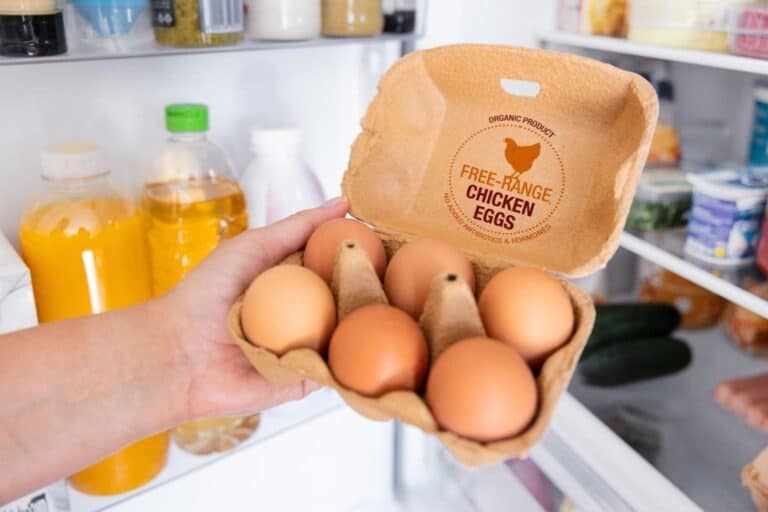Free Range Chicken Requirements: Living Space and Welfare Standards
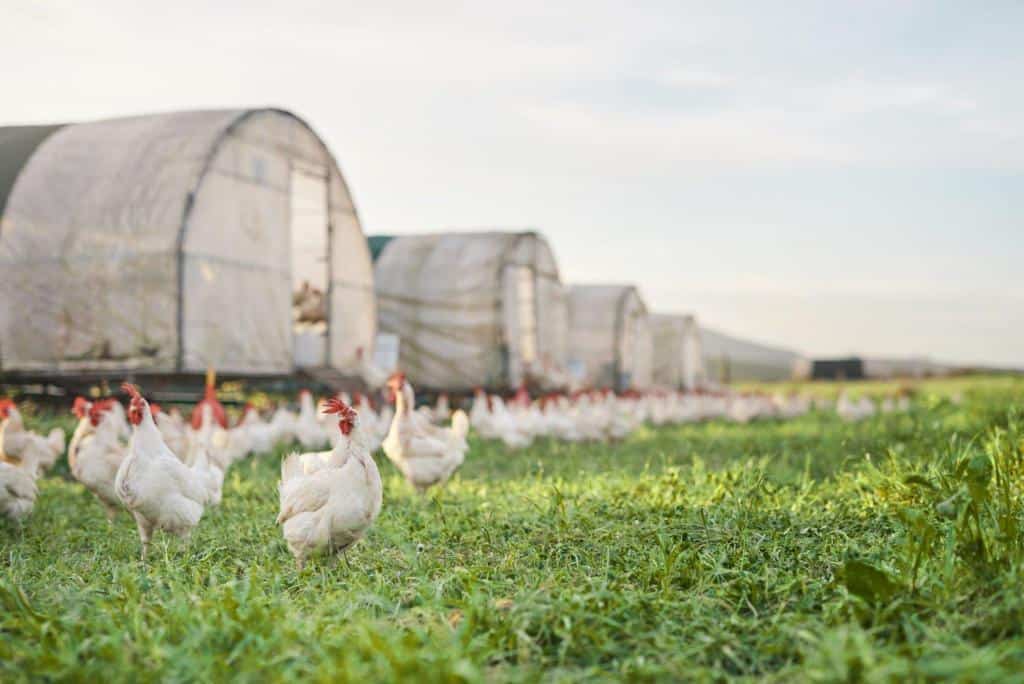
Free-range chicken farming is a concept that has gained popularity in recent years. This is because people have become more concerned about the well-being of animals and how the food they eat affects the environment.
However, many people are still confused about what the term “free range” really means and whether or not it guarantees that chickens have been treated humanely.
In this article, we will delve into the requirements of free-range chicken farming and the standards that must be met. We will look at the specific requirements for outdoor access, feed, living spaces, stocking density, health and welfare, and certifications.
By knowing these requirements, people can buy free-range chicken with more knowledge. They will be supporting farms with high standards for animal care and sustainability.
Free Range Chicken Requirements
The demand for free range chickens has been on the rise in recent years. More and more people are becoming aware of the benefits of free-range chickens and animal products in general. Not only that, but they come from ethically processed sources. So, standards for raising free-range chickens have been set up to make sure that the birds are raised in a healthy and humane way.
Below, we will discuss the most important requirements for producing free-range chickens, from living space conditions to feed quality.
1. Outdoor Access
Outdoor access gives chickens more space and freedom than in traditional factory farms, which can improve their physical and mental health. The chickens can do things that come naturally to them, like foraging, bathing in the dust, and roosting, which is good for their physical and mental health.
The industry standard for outdoor access for free-range chickens is a minimum of 120 days per year. Chickens must have access to the outdoors for at least four months of the year.
The outdoor area can include open fields, pastures, or even a small porch with a door to the outside. The size of the outdoor area must be appropriate to the number of chickens and their needs. It should be free from predators and other hazards.
Just because a chicken has access to the outdoors, it doesn’t mean that it is free-range. The outdoor area should be large enough to allow the chickens to move around freely. It should be free from any kind of confinement or restriction.
3. Living Spaces
Free-range chickens should be provided with living spaces that are clean, well-ventilated. The living space required for free-range chickens should have enough room for the chickens to move around comfortably.
This is to ensure that the chickens have a comfortable and safe environment that promotes their physical and mental well-being.
The living spaces should be designed to provide shelter from the elements, protect the chickens from predators and other hazards, and allow for natural behaviors such as roosting and nesting.
The living space should be free from any kind of confinement or restriction. It should be cleaned regularly to prevent the buildup of manure, which can lead to unsanitary conditions and disease. The area should be well-ventilated to ensure that the chickens have access to fresh air, which is essential for their health and well-being.
The size of the living space should be appropriate to the number of chickens and their needs. For example, a small porch with a door to the outside may be enough for a small flock of chickens, while a large open field may be needed for a larger flock.
3. Feed Requirement
The diet provided to free-range chickens should be free from hormones, antibiotics, and genetically modified organisms (GMOs). These substances can have negative impacts on the health and welfare of the chickens, as well as the environment.
Free-range chickens should be provided with a diet that is appropriate for their nutritional needs. This includes a balanced combination of protein, carbohydrates, and fats, as well as essential vitamins and minerals.
Feed for free-range chickens should be free from any kind of harmful chemicals, pesticides, or other contaminants that can harm the chickens or the environment.
TIPS
People buying chicken should look for labels that say it was fed an organic or non-GMO diet. Many free-range chicken farms rely on forage as a natural source of food for the chickens, which can be a more sustainable and healthy option.
4. Stocking Density
Stocking density is the number of chickens kept in a certain amount of space. It is a key factor in figuring out how healthy and happy the chickens are as a whole. This rule is meant to make sure that the chickens have enough space to move around freely and do natural things like foraging, bathing in the dust, and sleeping.
The industry standard for the number of free-range chickens per acre is not clear and depends on how the farm is run and what certifications it has. However, the number of chickens housed in a given area should be appropriate to the size of the space and the chickens’ needs.
WARNING
Crowding chickens in small areas can lead to stress and other welfare issues, such as feather pecking and cannibalism. Additionally, a high stocking density can lead to overcrowding.
5. Health and Welfare
Health and welfare are important aspects of free-range chicken farming. This is to make sure that the chickens are kept in a way that protects their health and well-being and keeps them from getting hurt or sick.
This includes providing the chickens with a clean and well-ventilated living space, a diet that is appropriate for their nutritional needs, and access to veterinary care when necessary.
The living space should be free from any kind of hazards, such as predators or exposure to toxic chemicals that can harm the chickens.
It’s important to note that just because a chicken is free-range, it doesn’t necessarily mean that it has good health and welfare. Chickens can still suffer from disease and injury even in free-range conditions, and it’s important for farmers to provide proper veterinary care when necessary.
Farmers should take steps to stop the spread of disease by doing things like cleaning and disinfecting the living space on a regular basis.
6. Inspections and Certifications
Inspections and certifications are an important aspect of free-range chicken farming. The goal of this requirement is to ensure that free-range chicken farms meet the necessary standards for free-range chicken farming and that the chickens are raised in conditions that promote good health and welfare.
Free-range chicken farms should be subject to regular inspections and certifications by reputable organizations. These inspections and certifications can provide assurance that the chickens are being raised in conditions that meet the requirements for free-range chicken farming.
Some examples of reputable organizations that certify free-range chicken farms include Animal Welfare Approved and Certified Humane. These organizations have strict standards for free-range chicken production, which include requirements for outdoor access, feed, living spaces, stocking density, health and welfare, and biosecurity measures.
7. Ethical and Sustainable
Ethical and sustainable production’s requirement is to ensure that free-range chicken farms are producing chicken in a way that is ethical and sustainable, while maintaining the balance of the environment. This means thinking about how the chickens are doing, how the farm affects the environment, and how it affects people and money.
This includes using sustainable farming practices, such as organic feed, reducing the use of antibiotics and hormones, and using renewable energy sources. Farms should have a good management of waste and manure, and implement biosecurity measures to prevent the spread of diseases.
Free-range chicken farms should also think about how their work affects the environment, such as by protecting biodiversity and natural habitats and reducing their carbon footprint. They should also try to keep the ecosystem in balance by making sure that the outdoor space is not overused and that the size of the flock is right for the space.
Ethical and sustainable farming also takes into account the farm’s social and economic aspects. This includes making sure that workers are treated fairly, that farmers are paid fairly, and that the farm can make money.
Is Free-Range Chicken the Same as Organic Chicken?
When it comes to purchasing chicken, many consumers are looking for options that are ethically and sustainably produced. Two labels that are commonly used to indicate humanely raised chicken are free-range and organic. Iit’s important to note that these labels have different meanings and requirements.
Free-range refers simply to the living spaces where chickens spend their time. Free-range chicken must have access to the outdoors for a minimum of 120 days per year. This can include open fields, pastures, or even a small porch with a door to the outside.
The goal of free-range chicken farming is to provide the birds with more space and freedom than traditional factory farms, which can lead to improved physical and mental well-being for the chickens.
Organic, on the other hand, refers to the food provided to the chickens and the way the chickens are raised. Like free-range labels, the USDA organic label does require outdoor access.
But the USDA organic label also says that the chickens’ food has to be organic and that they can’t get too many antibiotics or hormones. To be considered organic, the chickens should be raised without the use of synthetic pesticides or fertilizers, and should not be genetically modified.
Is Free-Range Better for Chickens?
From the perspective of anyone who cares about chicken welfare, the chicken industry’s standards for chickens that are called “free-range” are not strong enough to say that free-range chickens have a better life than their counterparts.
While free-range chickens have more space and freedom than factory-farmed chickens, they are not immune to the negative effects of intensive management techniques such as debeaking, which can cause pain and distress to the chickens.
Furthermore, free-range chicken farms may still rely on the use of pesticides and fertilizers to maintain their pastures, which can have negative impacts on the local ecosystem and contribute to soil and water pollution.
The lack of regulation and oversight in the industry can lead to poor living conditions and animal welfare issues. Many free-range chicken farms are not subject to the same strict guidelines and inspections as traditional factory farms, which can lead to animals being treated poorly and living in unsanitary conditions.
WARNING
Labeling and marketing of free-range chicken products can be misleading. For example, some farms say their chickens are free-range, but they don’t give them the freedom and access to the outdoors that people expect.
The Problems With the Current Free Range Chicken Industry
The free-range chicken industry is one that promotes the idea of chickens being able to roam freely in open fields and pastures, as opposed to being confined to small cages in factory farms. Even though it seems like a humane way to treat animals, the current free-range chicken reality has some problems that need to be fixed.
One major problem is the lack of regulation and oversight in the industry. Many free-range chicken farms don’t have the same regulations and inspections as factory farms, which can lead to poor animal treatment and unsanitary conditions.
The labeling and marketing of free-range chicken products can be misleading, with some farms claiming to be “free range” when they are not actually providing the level of freedom and outdoor access that consumers expect.
Another problem with the free-range chicken business is that many farms can be too crowded. While free-range chickens are not confined to small cages, they may still be housed in large, overcrowded barns or coops. This condition can lead to stress and disease among chickens and may reduce their capability of laying eggs in the coop. Many free range farms use intensive management techniques such as debeaking, which can cause pain and distress to the chickens.
Lastly, the current free range chicken industry is not always environmentally friendly. Many free range farms rely on the use of pesticides and fertilizers to maintain their pastures, which can have negative impacts on the local ecosystem and contribute to soil and water pollution.

